Seat Change before Takeoff
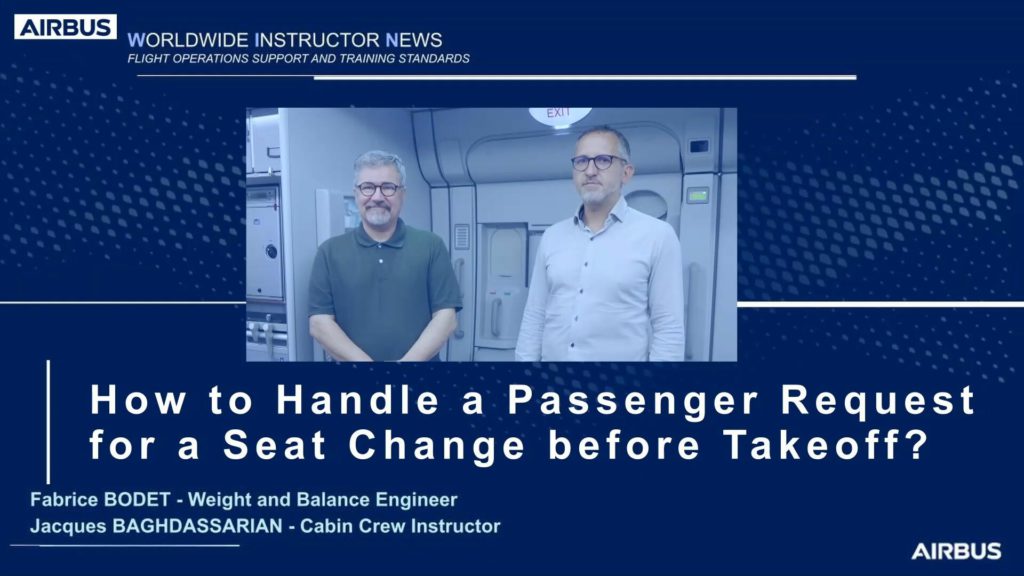
This WIN video highlights what the flight crew must take into account to prepare the aircraft for a safe takeoff, and particularly what must be considered when one or more passengers request a seat relocation after the takeoff preparation is completed.
High Altitude Airport Operations
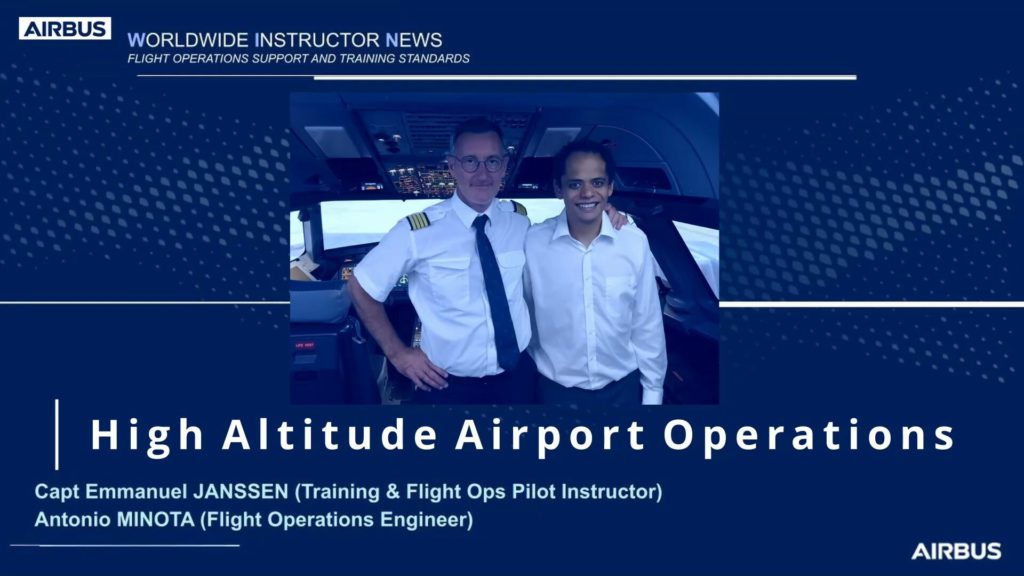
This video deals with the operations on high altitude airports. The objective is to share with you some good operational practices for this type of operation.
A321XLR First flight – Best of
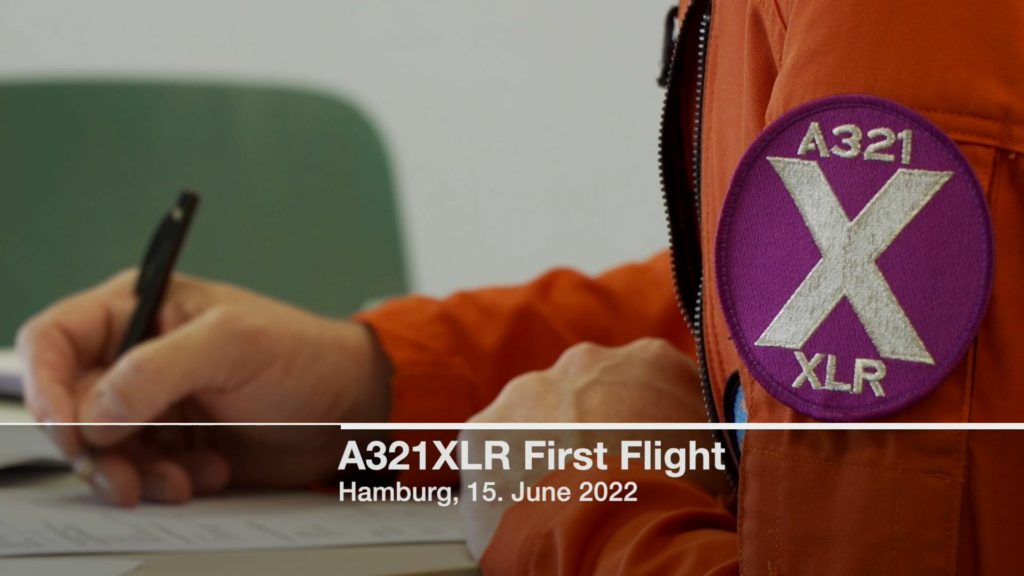
Hamburg, 15 June 2022 – Airbus’ first A321XLR (Xtra Long Range) has successfully accomplished its first flight. The aircraft, MSN 11000, took off from Hamburg-Finkenwerder Airport at 11:05 hrs CEST for a test flight which lasted approximately four hours and 35 minutes. The aircraft’s crew consisted of experimental test pilots Thierry Diez and GabrielDiaz de […]
Direct View Cabin Attendant Seats
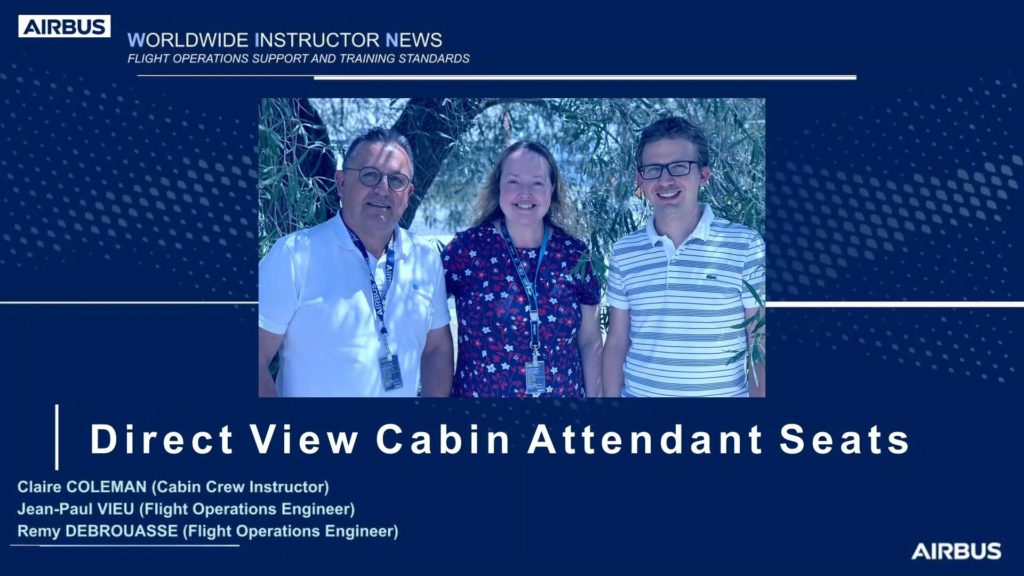
The objective of this video is to share with you: – The principle of direct view cabin attendant seats, and – The regulations that must be complied with, and – Any corrective actions, if a required direct view cabin attendant seat is inoperative.
What does the GRF change for Landing?
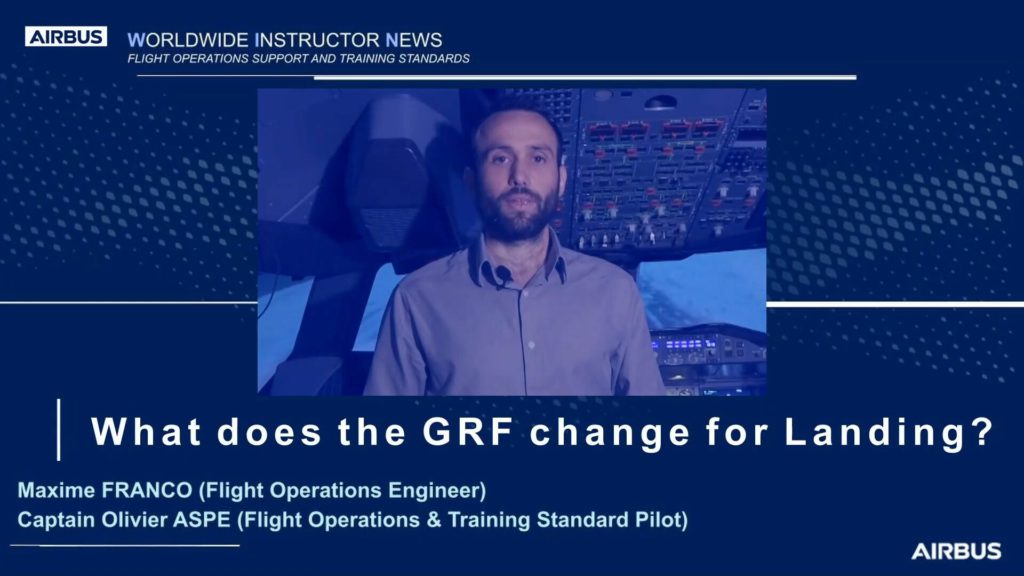
In this video, we will speak about landing performance and contaminated runways. This video introduces the concept of RWYCC (Runway Condition Code) reporting and provides some recommendations about the use of RWYCC in operation and how the flight crew participates in the reporting.
How to Manage Fuel Penalty on the A350?
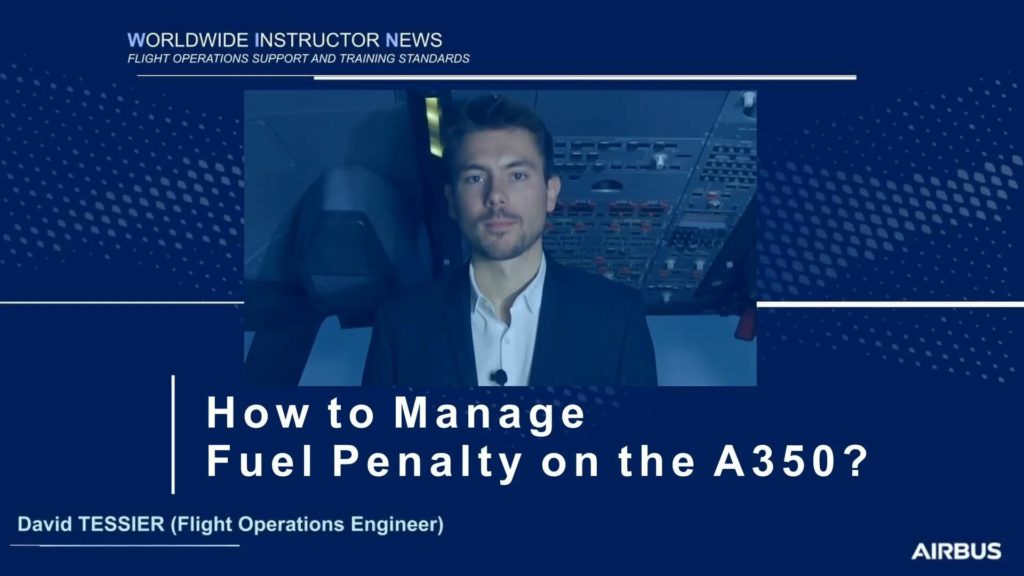
This video deals with the fuel penalty management on the A350. The objective is, through concrete operational situations, to share with you some good practices. Also, it is a good opportunity to discover the new Total Fuel Penalty indication available for A350 aircraft equipped with the Avionics Batch 7.
What about Overspeed Training?
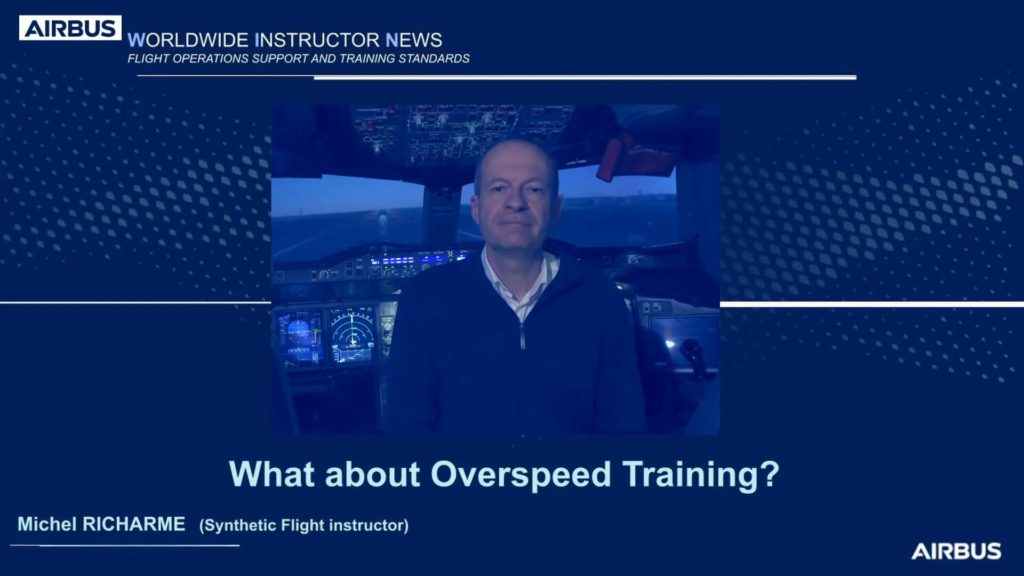
The aim of this video is to explain why Airbus has published a training recommendation about overspeed prevention and recovery techniques.
BTV Operations Briefing
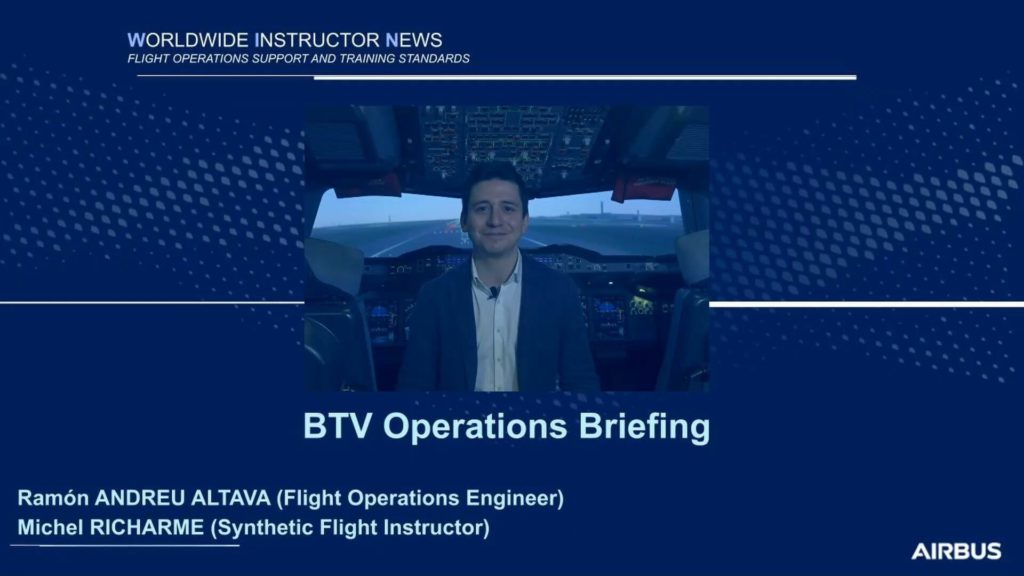
Brake to Vacate (BTV) is a function that is currently available for all A350 and A380 aircraft. BTV optimizes the autobrake deceleration of the aircraft after touchdown, to vacate the runway at the exit selected by the flight crew. In this video, we will use the A350 as a reference, and describe the A380 characteristics, […]
Flight at less than Zero G

An aircraft may be subjected to negative G for a very short period when flying in strong turbulence or during an avoidance maneuver. This video shows how the proper operation of the various systems during negative G regime are demonstrated in flight.
VMCG Tests

When an engine fails during a take-off roll, there is a speed below which the take-off cannot be continued safely because of a lack of lateral controllability. This speed is known as the VMCG. This video shows how the tests are performed to determine the VMCG value.
